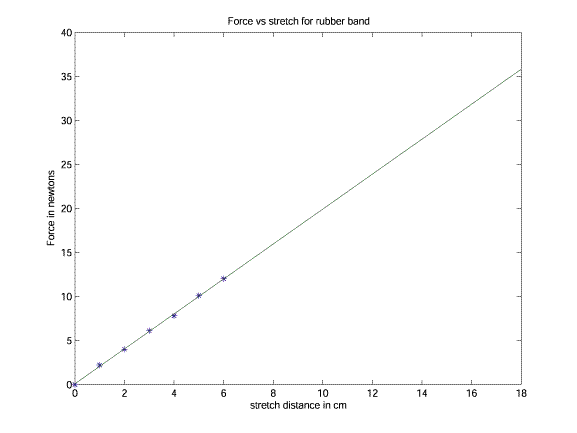Regression Analysis > Detrend Data
What does it mean to Detrend Data?
Detrending is removing a trend from a time series; a trend usually refers to a change in the mean over time. When you detrend data, you remove an aspect from the data that you think is causing some kind of distortion. For example, you might detrend data that shows an overall increase, in order to see subtrends. Usually, these subtrends are seen as fluctuations on a time series graph.
Detrending Methods

Many other methods exist, some of which are very complex. For example:
- Quadratic detrending is similar to linear detrending with one major difference: you assume the data follows an exponential patterns and add a time2.
- Moving average trend lines can be detrended with the Baxter-King filter.
- Cyclical components of time series can be removed with the Hodrick-Prescott filter.
Detrending techniques are often very specific to your field of study; if you have data that isn’t linearly correlated, you may want to look for subject-specific detrending methods.
Using Technology
Most statistical software packages have options to detrend. For example:
In Matlab:
Use one of the following commands:
- y = detrend(x) to remove the best straight-line fit from vector x.
- y = detrend(x,’constant’) to remove the mean value from vector x.
- y = detrend(x,’linear’,bp) to remove a continuous, piecewise linear trend from vector x.